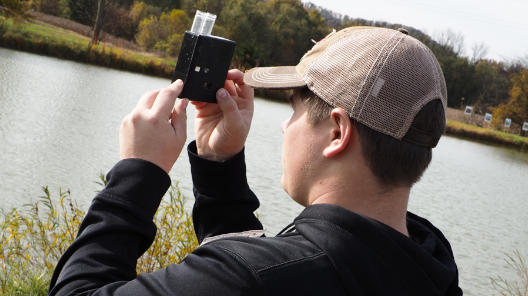Técnico en Protección y Ciencias Medioambientales
Los técnicos en protección y ciencias ambientales suelen trabajar bajo la dirección de un científico ambiental, biólogo o ecólogo jefe para realizar controles ambientales mediante pruebas de laboratorio y de campo. Además, harán recomendaciones para controlar o eliminar condiciones inseguras en lugares de trabajo o instalaciones públicas.
¿Qué responsabilidades tendré?
- Realizar muestreos sobre el terreno del aire, el agua y el suelo.
- Aplicar métodos de manipulación de mercancías y residuos peligrosos
- Desarrollar métodos de planificación de emergencias y respuesta ante vertidos
- Aplicar la legislación y la ética medioambientales
- Inventariar y cuantificar las fuentes de contaminación de origen local
- Preparar presentaciones e informes de resultados de laboratorio para uso interno y externo.
- Comprobación cruzada de los resultados de las pruebas con tablas estándar
- Comprobar los niveles de suministro y los pedidos y distribuir nuevos suministros
- Asistir al científico principal en el desarrollo de ideas de investigación.
- Limpiar, mantener y preparar el equipo para su uso en experimentos.
- Realizar cálculos matemáticos rutinarios
- Elaborar gráficos, tablas e informes a partir de los resultados de las pruebas.
- Manejar equipos de laboratorio de forma autónoma
- Hacer recomendaciones para controlar o eliminar las condiciones inseguras
- Inspeccionar las condiciones sanitarias de las instalaciones públicas y la propiedad privada
- Cumplir las normas de seguridad e higiene del laboratorio
Cursos de bachillerato recomendados:
- educación agrícola
- ciencias de la tierra
- biología
- ciencias medioambientales
- botánica
- química
- biología
- estadísticas
- matemáticas
Formación requerida:
Se requiere un título de grado medio en recursos naturales, edafología, biología o un campo científico relacionado, como horticultura, fisiología vegetal o ciencias medioambientales. Quienes posean una licenciatura en campos similares aumentarán sus posibilidades de empleo y promoción una vez en el puesto.





